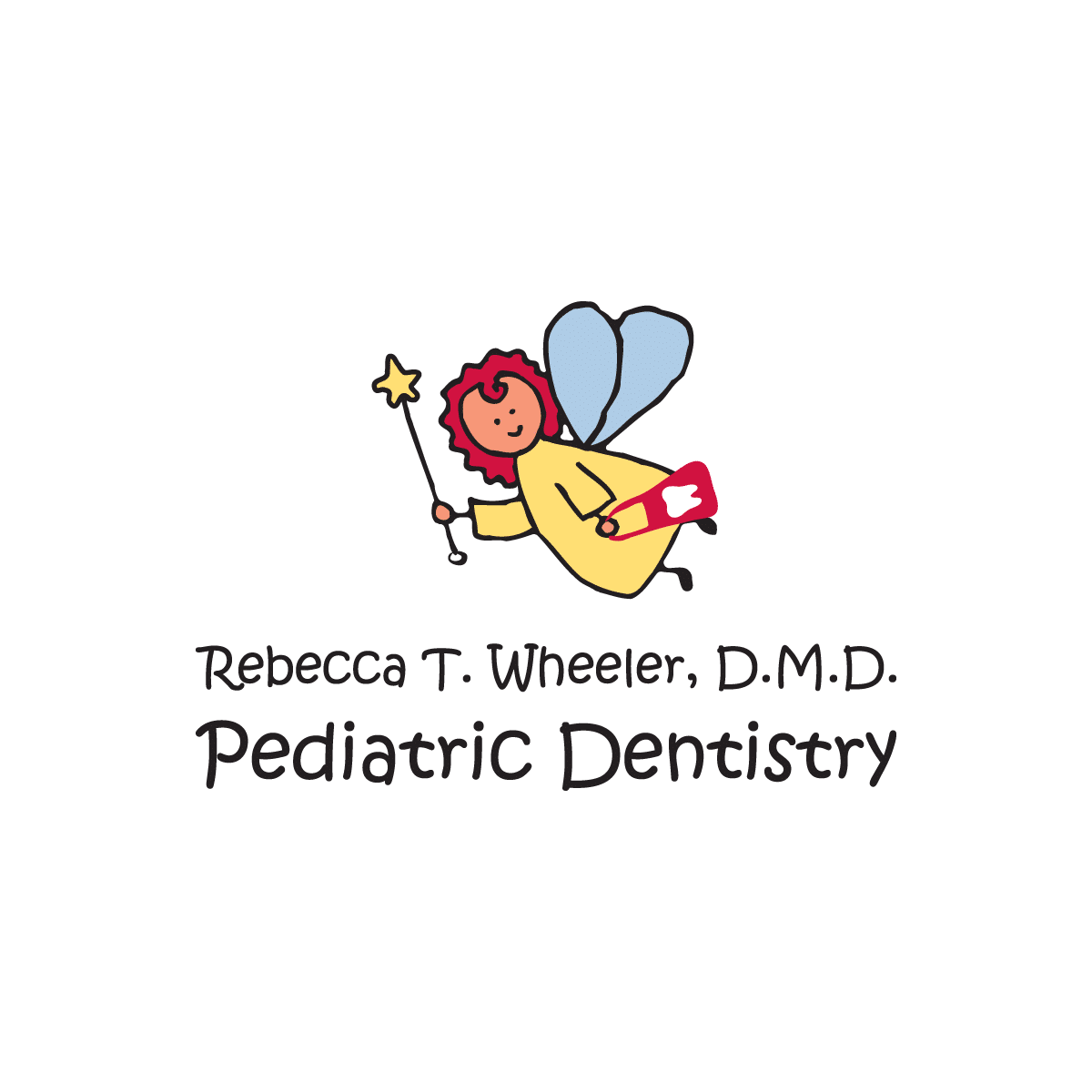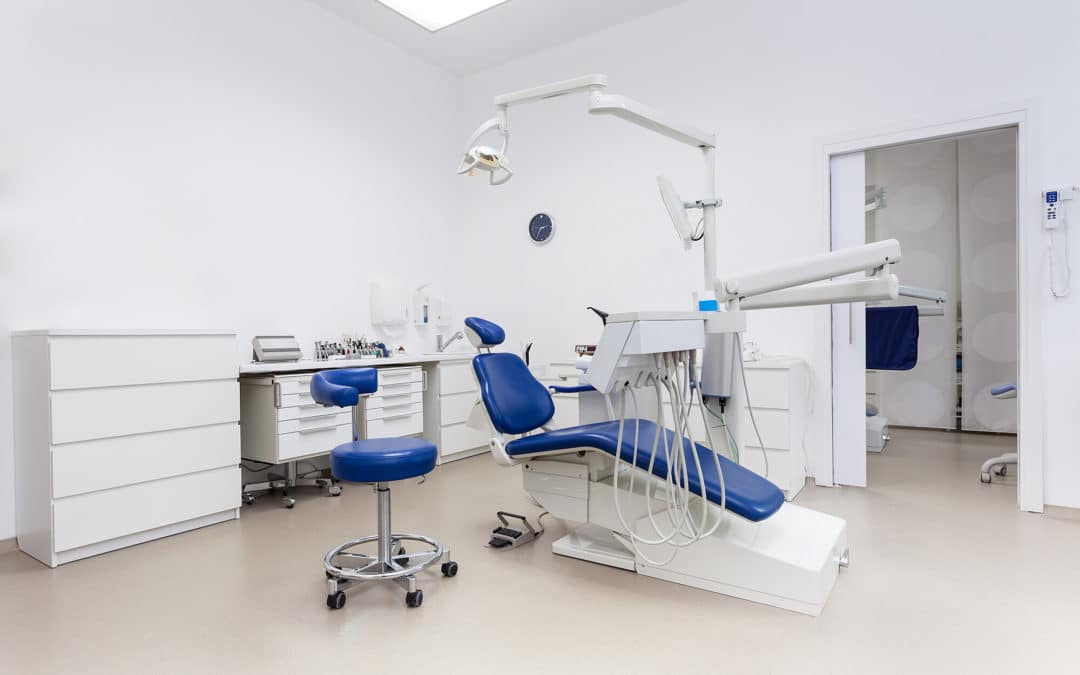Do you have a dental emergency? If you’re reading this, then it’s likely that you do. And that’s why we’re here – to provide you with the information and resources you need to get the help you need. We understand how frightening and overwhelming a dental emergency can be, so please know that we’re here to help.
We’ve put together a list of the six most common dental emergencies, along with some tips on how to deal with them. We also suggest finding an emergency pediatric dentist in your area who can provide you with the necessary care.
1. Severe Toothache
A severe toothache is a dental emergency because it can signify an infection or other serious problem.
Infection
A toothache that is throbbing or accompanied by a fever may be caused by an infection. If the infection spreads to the pulp, the inner part of the tooth, it can form an abscess and damage the bone around the tooth. In rare cases, an infection can spread to the brain and cause a life-threatening condition called sepsis.
Gum Disease
Another possible cause of toothache is gum disease. Gum disease is an infection of the gums that can damage the bone around the teeth. If left untreated, it can lead to tooth loss.
Cavities
Cavities are another common cause of toothaches. Cavities occur when the enamel, the hard outer layer of the tooth, is broken down by acids. This allows bacteria to enter the tooth and cause an infection.
Injury
Other serious problems that can cause a severe toothache include a broken or cracked tooth, a loose or lost filling, gum disease, and even oral cancer.
2. Broken Jaw
A broken jaw is a severe injury and can cause a lot of pain. Some common symptoms include swelling and bruising around the face, difficulty opening the mouth, numbness in the chin or lower lip, and teeth that are out of alignment.
If you suspect a broken jaw, seek medical attention immediately. Treatment may include ice packs, pain medication, and surgery to repair the bone. Depending on the severity of the break, there may be some long-term effects, such as difficulty chewing or speaking.
3. Chipped or Broken Tooth
If your child chips or breaks a tooth, see a dentist as soon as possible. In some cases, the damage may be cosmetic and will not require treatment. However, the tooth may need to be repaired or replaced in other cases. A chipped or broken tooth can lead to further damage, pain, and even infection if left untreated.
If your child gets a mouth injury, rinse their mouth with warm water to clean the area. Put a cold, damp cloth on the site to reduce swelling.
You can administer ibuprofen or acetaminophen if the tooth is still sore. If you have a piece of the tooth knocked off, try to find it and put it in a container before going to the dentist.
4. Post-Extraction Pain
Post-extraction pain or bleeding is considered a dental emergency because it can signify a more severe problem. If the nerve endings are damaged during extraction, pain levels can increase. Bleeding can also be a sign that there is something wrong such as an infection.
Over-the-counter pain medications like ibuprofen or acetaminophen can help relieve severe pain. Rinsing the mouth with warm salt water may also provide some relief from pain.
A cold pack can be applied outside the cheek near the extraction site if swelling is present. Finally, sucking on ice chips or popsicles may help reduce swelling and discomfort.
Contact a dentist immediately if symptoms such as fever, nausea, or vomiting develop after tooth extraction. These could be signs of infection and may require antibiotics.
5. Broken Orthodontics
If your child’s braces are broken, don’t delay getting help from a kid’s dentist. If a wire from the orthodontic becomes dislodged and begins poking into the gums or lips, it can cause irritation, inflammation, and even infection.
If it’s a significant break or you cannot fix it yourself, go to your dentist as soon as possible. The braces may need to be repaired or replaced, depending on the extent of the damage.
In the meantime, apply pressure to the area using a cold compress or ice pack. This will help reduce swelling and pain.
6. Infection
An abscess is an infection that can damage the bone and surrounding tissue. It’s one of the most severe dental emergencies! Symptoms of an abscessed tooth include:
- Pain in the mouth or face
- Swelling in the gums or cheeks
- Fever
- Bad breath or taste in the mouth
- Redness and tenderness in the gums
Do not ignore an abscessed tooth. If left untreated, an abscess can lead to serious health problems, such as sepsis (a potentially life-threatening condition caused by infection).
If you can’t get to a dentist immediately, try rinsing the area with warm salt water or hydrogen peroxide a few times a day. If the pain is severe, give your child ibuprofen or acetaminophen to help manage the pain. You may also want to try using a cold compress on the area to reduce swelling. If you have a fever, please see your regular doctor.
Find an Emergency Pediatric Dentist in Nicholasville, KY
In conclusion, if you are ever in doubt about whether something is a dental emergency, it’s always best to err on the side of caution and give us a call. We are a trusted Nicholasville children’s dentist and will be more than happy to take a look and ease your mind. And if it is an emergency, we will do everything we can to get you in as soon as possible.
If you haven’t chosen a Nicholasville pediatric dentist for emergencies, you should prepare yourself by having the contact information of one on hand. If you need an emergency pediatric dentist, please consult our emergency page or call us at 859-885-0086. We are here to help!

